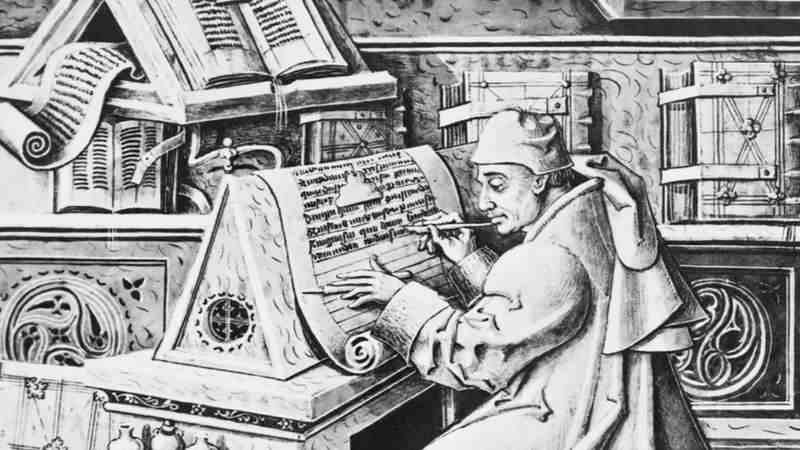History of printing and printing in Europe
Initially, there was not much difference between machine printed books and handwritten manuscripts. Metal letters were also made by imitating Khushnavi.
Similarly, the margins were depicted. Books designed for the nobility were left blank at the margins of their pages. They were made colorful by the nobles by getting them made of bell-boots according to their wish. Books were printed in large numbers with the use of machines. Printing was opened in every part of Europe.
German printers went to different parts of Europe to open printing presses. In 1475, Caxton promoted printing in England. Printing in Portugal began in 1544. many cities in Europe; For example, Venice, Rome, Paris etc.
developed as printing centres. The city later became the center of the Renaissance and trading activities, with the spread of the press from Europe to other parts of the world. As a result, by the late fifteenth century, the market was flooded with printed books.
An estimated two crore books were printed. "The printing revolution became possible only when hand printing was replaced by mechanical printing.
Rise of Readers - Currency revolution brought social change. People had curious tendencies. There was a sense of public consciousness. Developed a sense of getting more and more information, understanding socio-political institutions. Books created a new readership which started thinking new. There was a change in public consciousness and vision and the ideas of rationalism and humanism were widely spread. Affordable prices and availability of books led to a steady increase in the number of readers. a
Before the availability of books, people "lived in the oral world. They listened to the reading of scriptures, ballads, stories in groups. There was no practice of sitting alone reading books. The reason was the cost of books, their unavailability and education." Literacy rates were very low in most countries of Europe until the twentieth century. To attract such illiterate people to books, publishers began to publish a large number of folk songs and folktales.
Even the illiterate enjoyed listening to them. At the same time, such books were furnished with pictures that attracted people to see them and instilled in them the desire to hear and understand. Thus, "oral culture transformed into printed culture.


Post a Comment